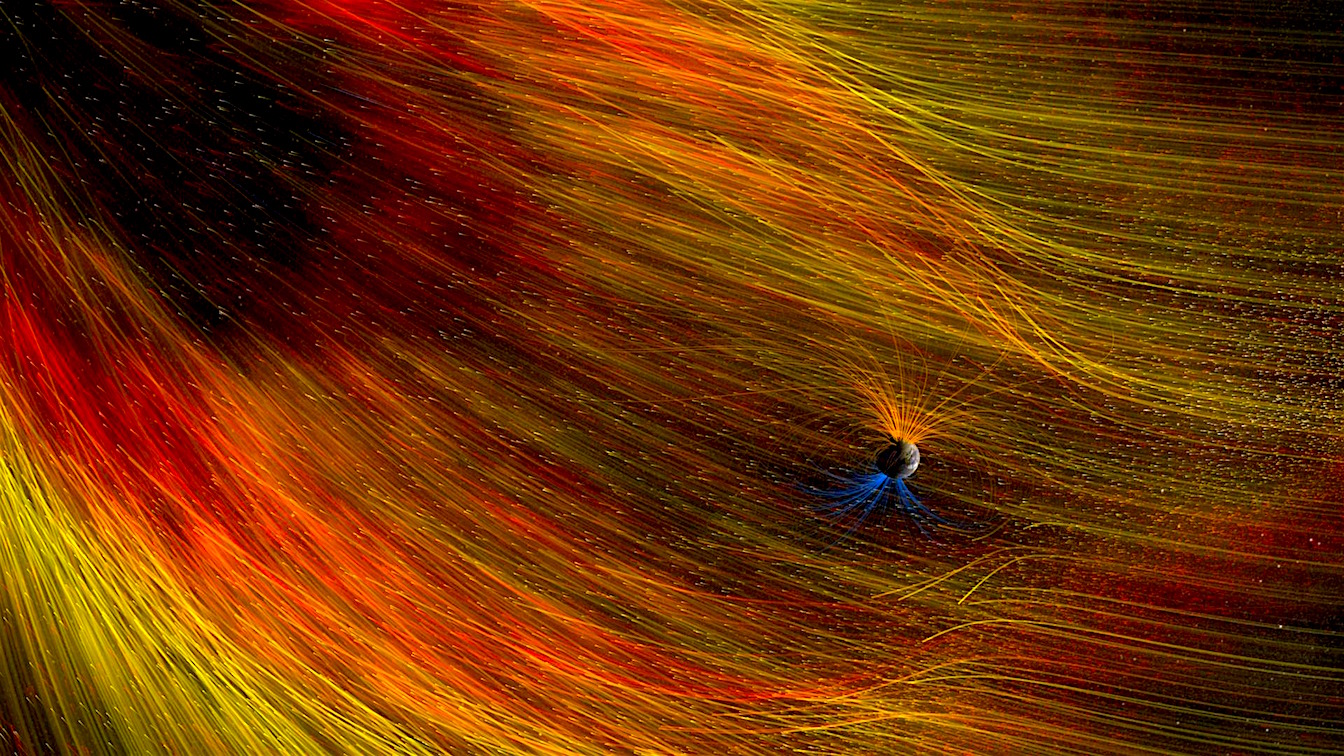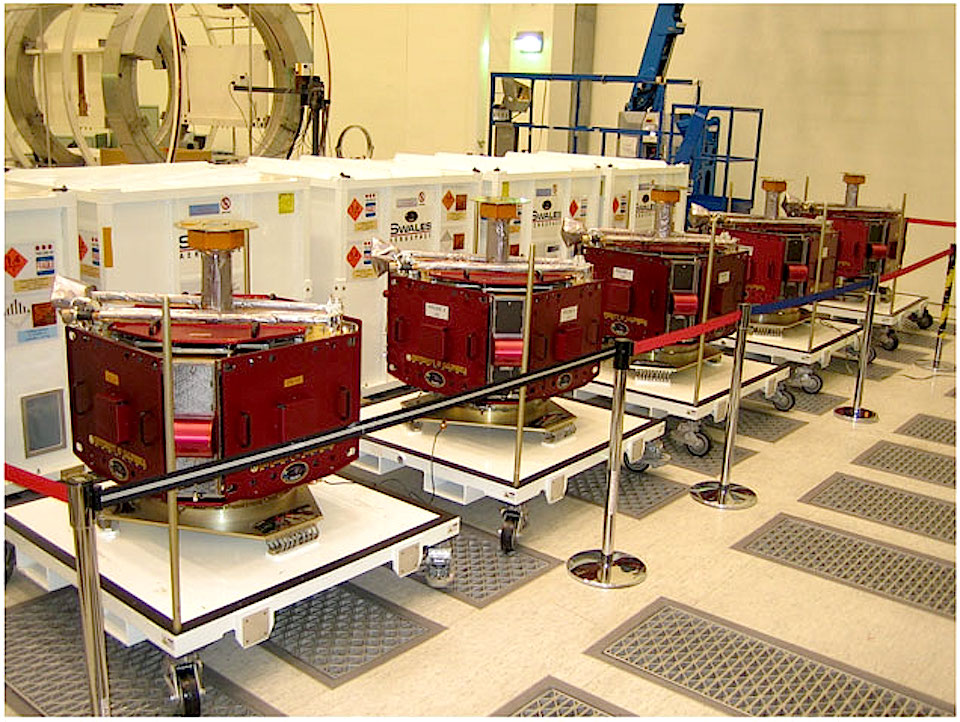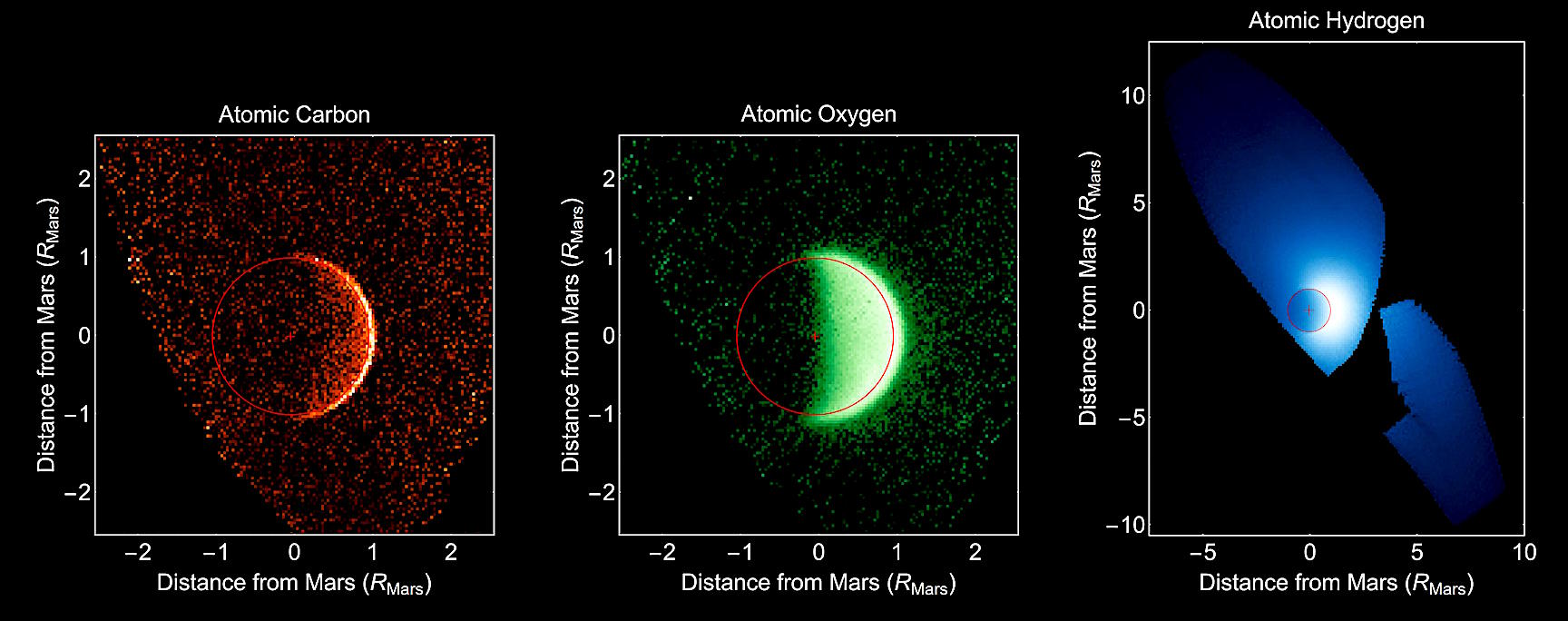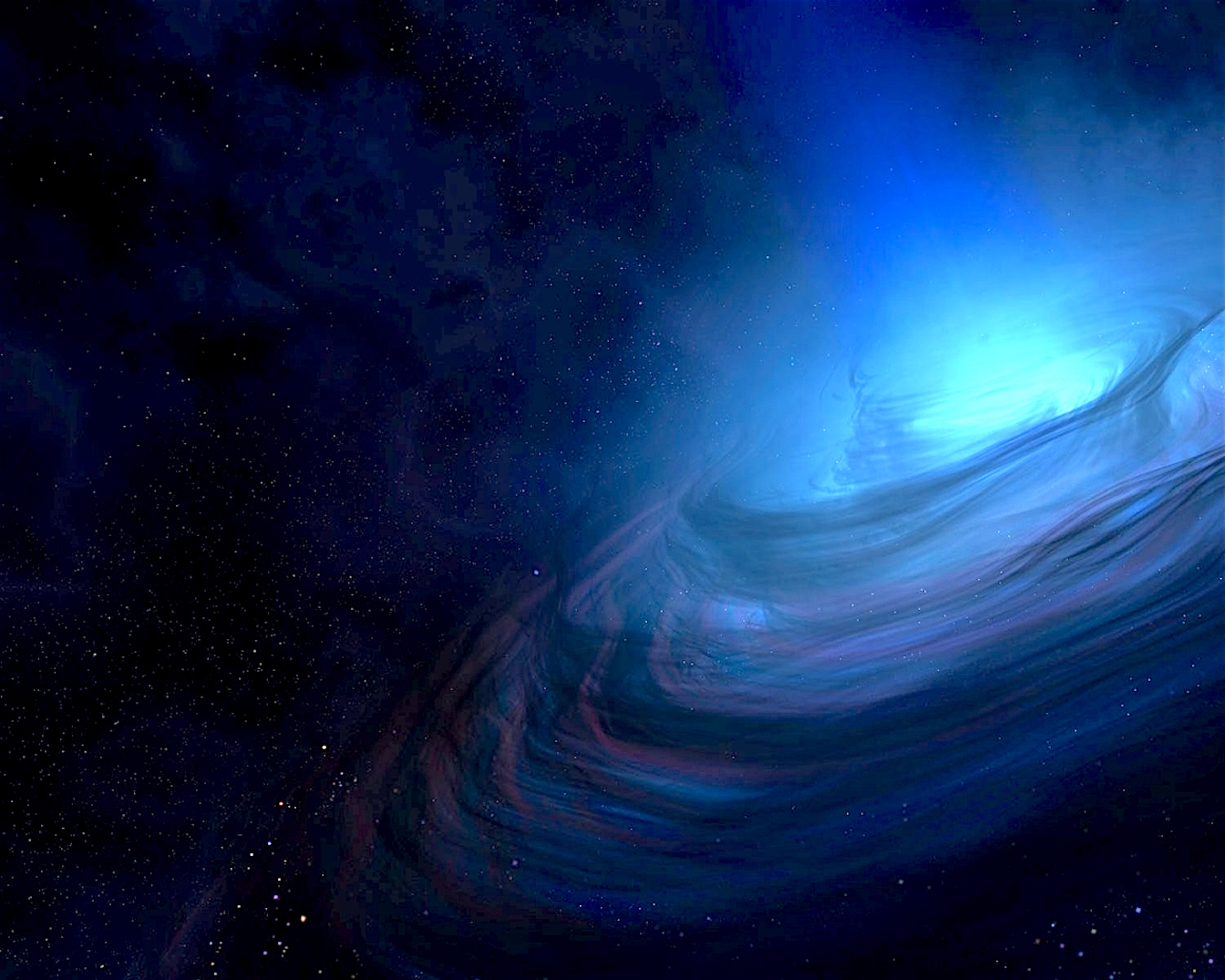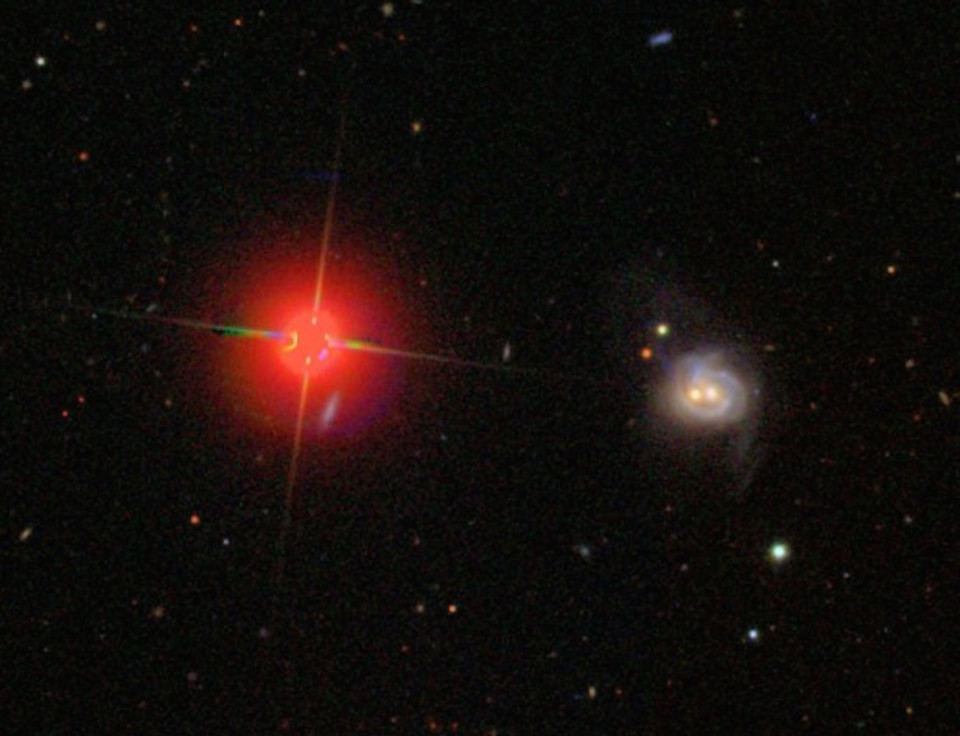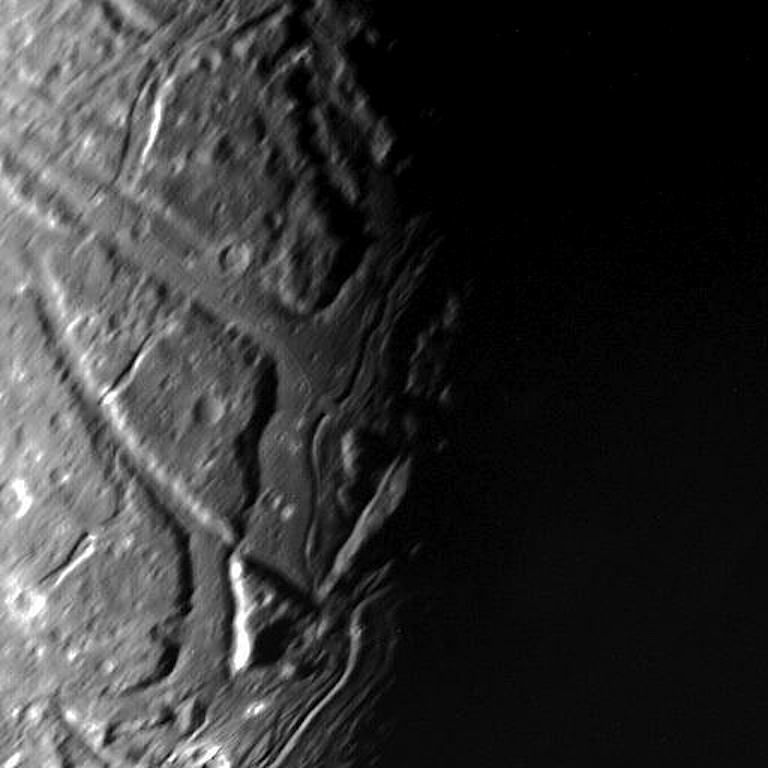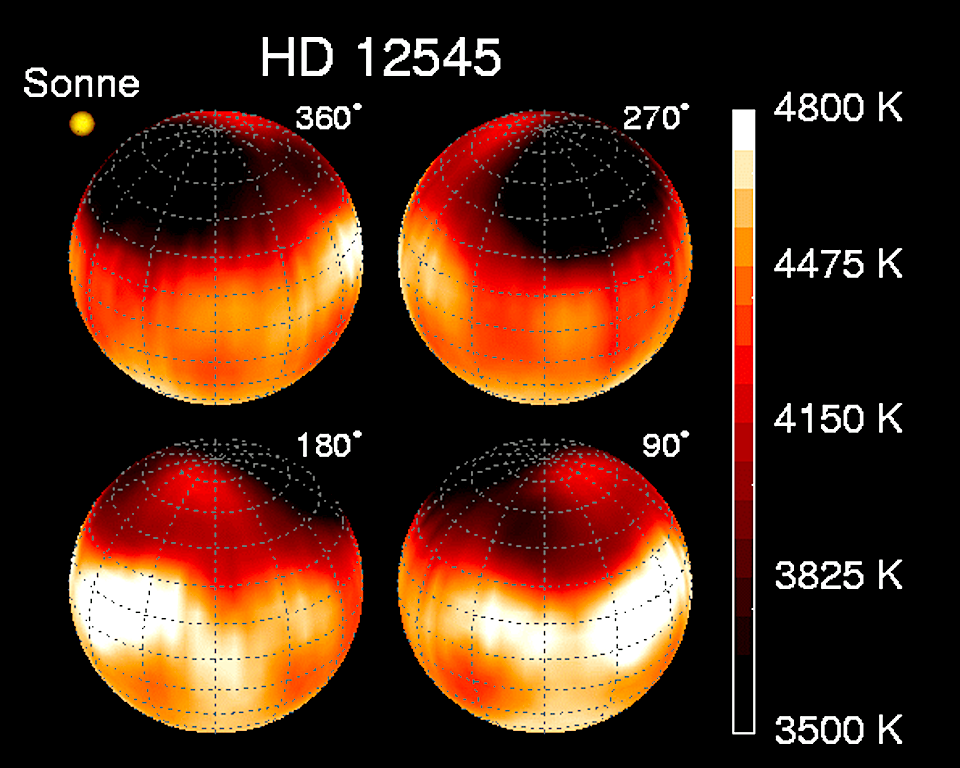Transverse Electric Discharges
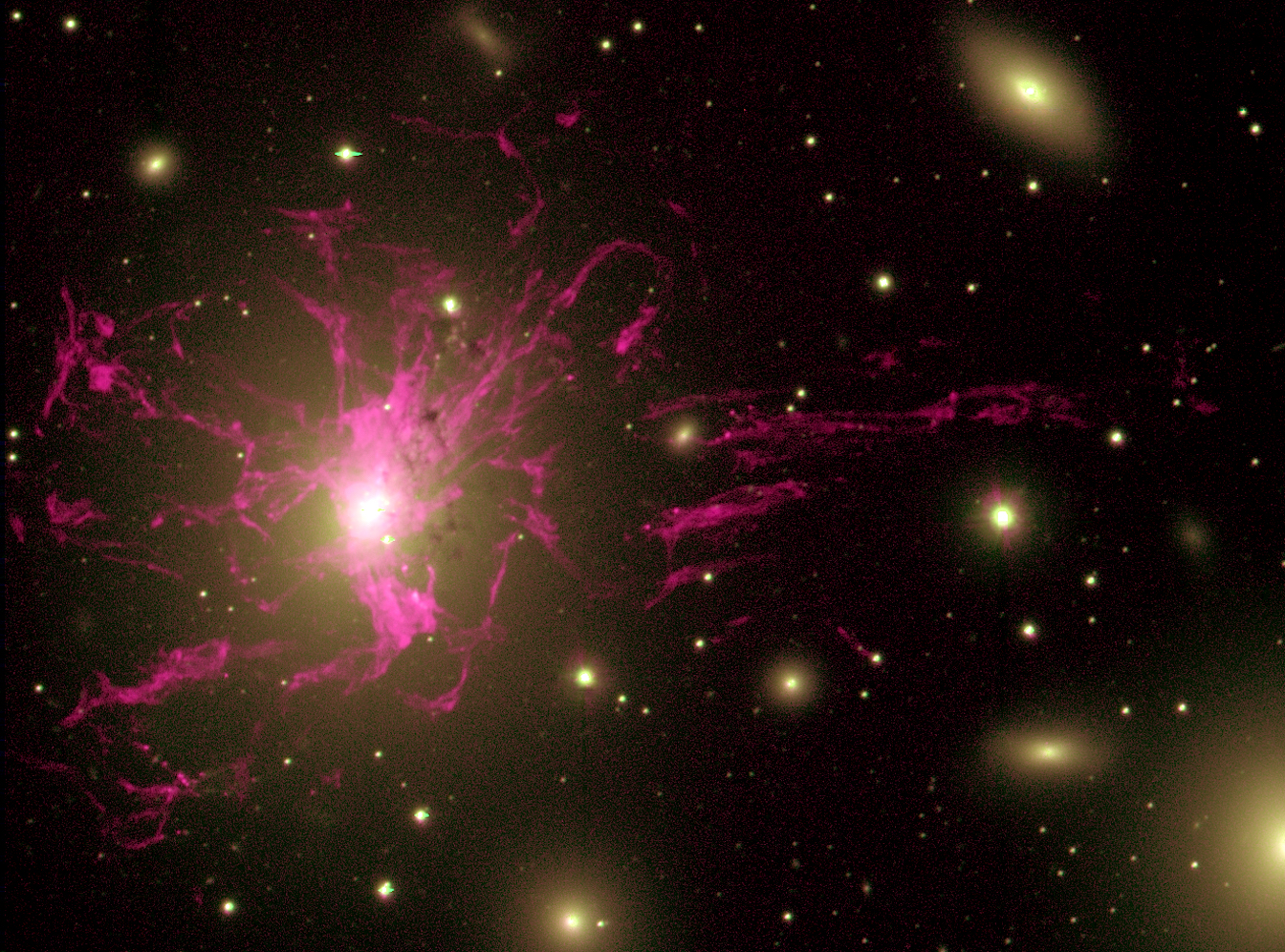
Nov 12, 2015 From galaxies to the laboratory, transverse electric charge flow accompanies a main discharge channel. On Earth, the main discharge channel is experienced as a terrestrial lighting bolt. Slow-motion studies reveal that each flash is a complex episode. Multiple leader strokes descend from the clouds, while similar, less…





